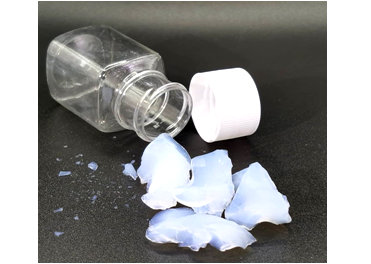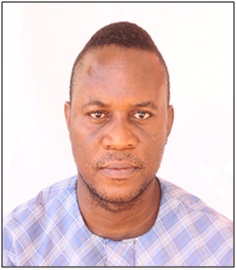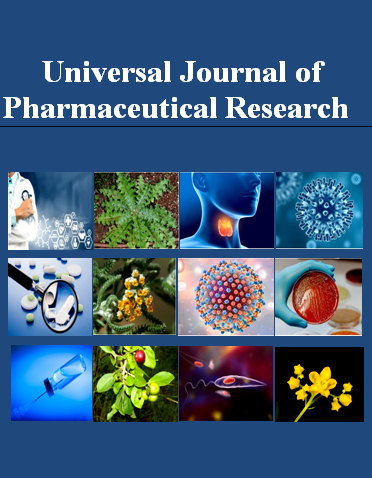THE ROLE OF POLYSACCHARIDE AEROGEL IN TISSUE REGENERATION AND REPAIR
Keywords:
Aerogel, biomaterials, biomedicine, material science, porosityAbstract
Aerogel-based biomaterial is an important subject in materials sciences due to their vast attention in different sectors. These materials possess unique properties that distinguish them such as low density. In the area of tissue engineering, there application has been documented in areas such as blood vessel, soft tissue, nerves, bone and cartilage.There are several steps involved in aerogel preparation. The first step involves the appropriate selection of a precursor material such as polymers, silica or carbon. Aerogels have a unique property which includes the composition of mesoporous solid colloids that possess a light weight and a porous frame work structure. Aerogels also possess unique extraordinary physicochemical properties.Tissue engineering is a broad term that encompasses on using biocompatible materials to repair and replace damaged tissues. Notwithstanding, its diverse applications over the years, tissue engineering have had persistent hurdles which include the need to develop new novel biomaterials This article seeks to review the properties of aerogel and their preparation processes. The review also documented the challenges from current studies and future prospects were also discussed.

Peer Review History:
Received 2 December 2024; Reviewed 11 January 2025; Accepted 14 February; Available online 15 March 2025
Academic Editor: Dr. Gehan Fawzy Abdel Raoof Kandeel , Pharmacognosy Department, National Research Centre, Dokki, 12622, Giza, Egypt, gehankandeel9@yahoo.com
, Pharmacognosy Department, National Research Centre, Dokki, 12622, Giza, Egypt, gehankandeel9@yahoo.com
Reviewers:
 Dr. O.J Owolabi, University of Benin, Nigeria, owolabi@uniben.edu
Dr. O.J Owolabi, University of Benin, Nigeria, owolabi@uniben.edu
 Dr. Olanrewaju Rita-Marie Awotona, Legacy University, Banjul , The Gambia, olanrewajuadegbola@gmail.com
Dr. Olanrewaju Rita-Marie Awotona, Legacy University, Banjul , The Gambia, olanrewajuadegbola@gmail.com
Downloads

Published
How to Cite
Issue
Section

This work is licensed under a Creative Commons Attribution-NonCommercial 4.0 International License.









 .
.